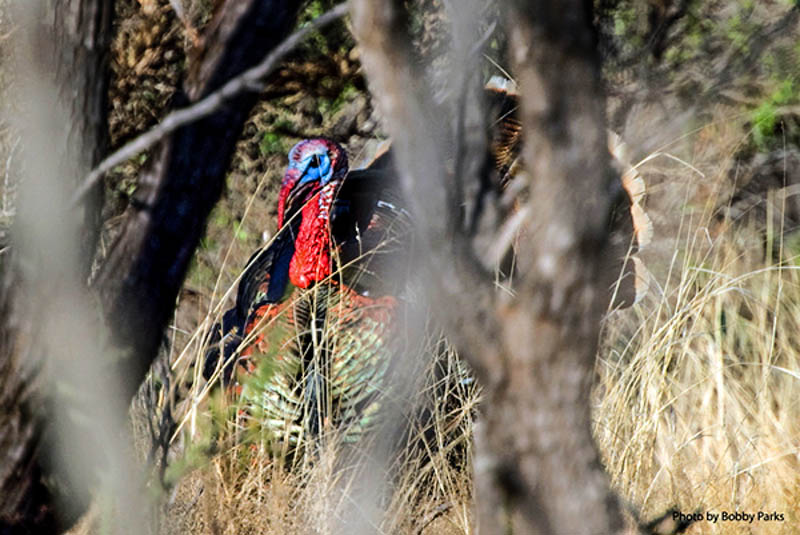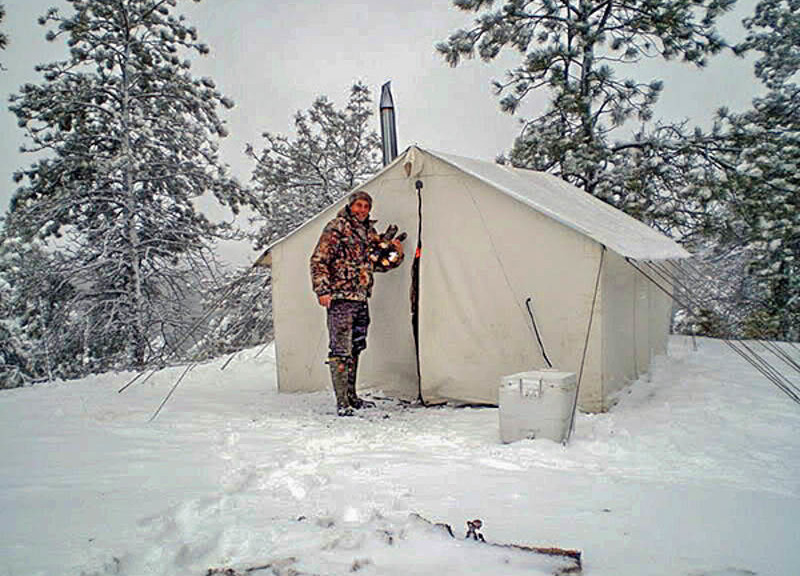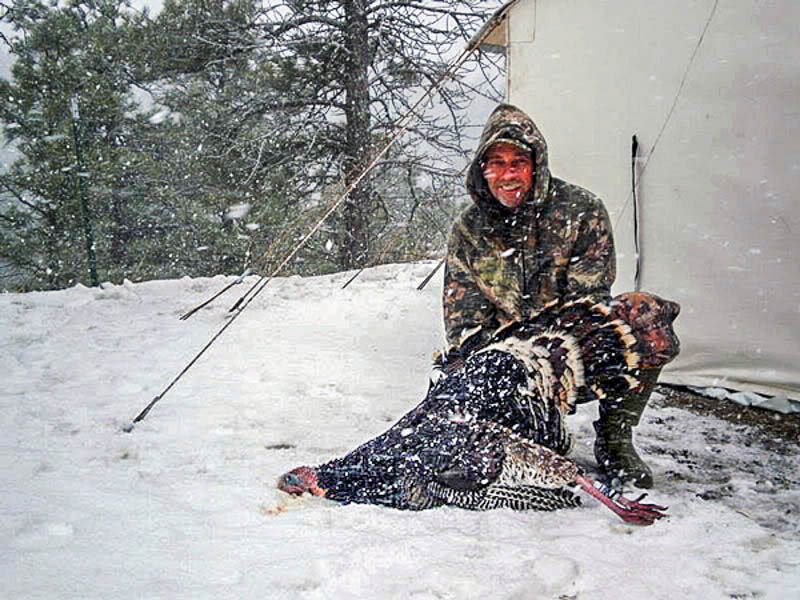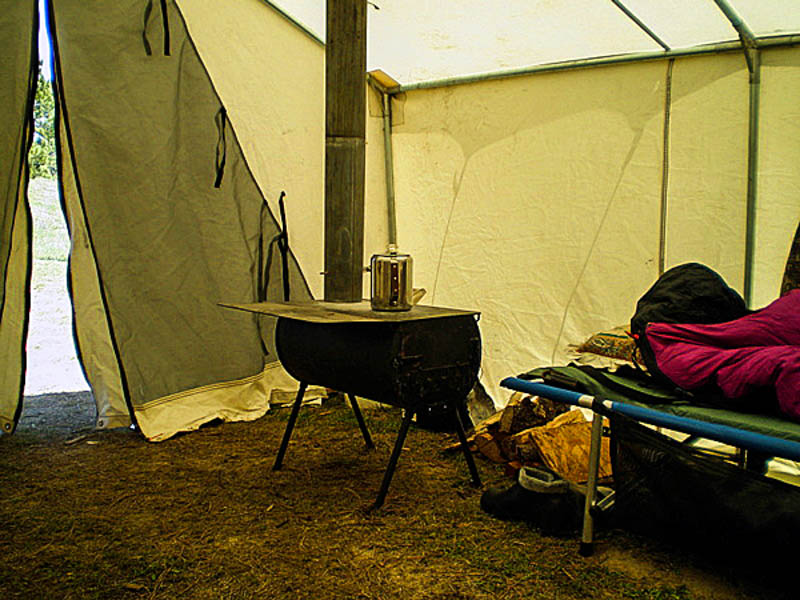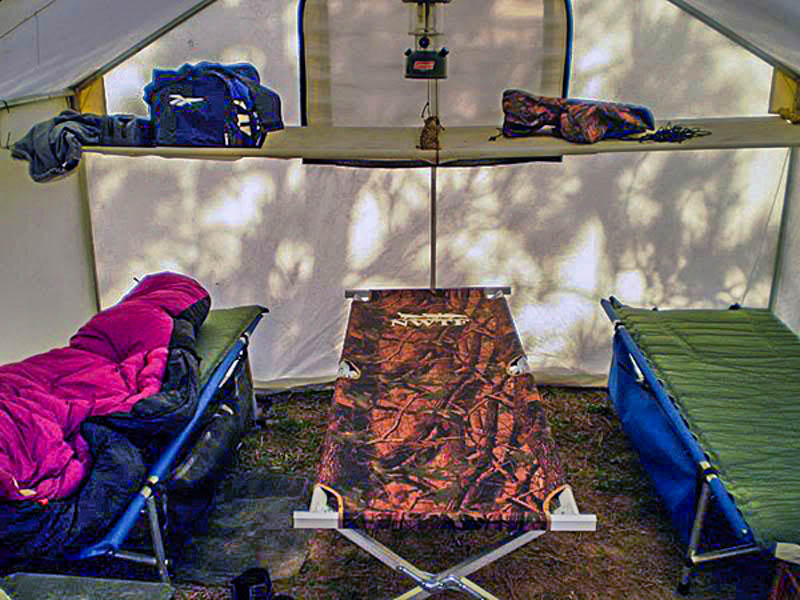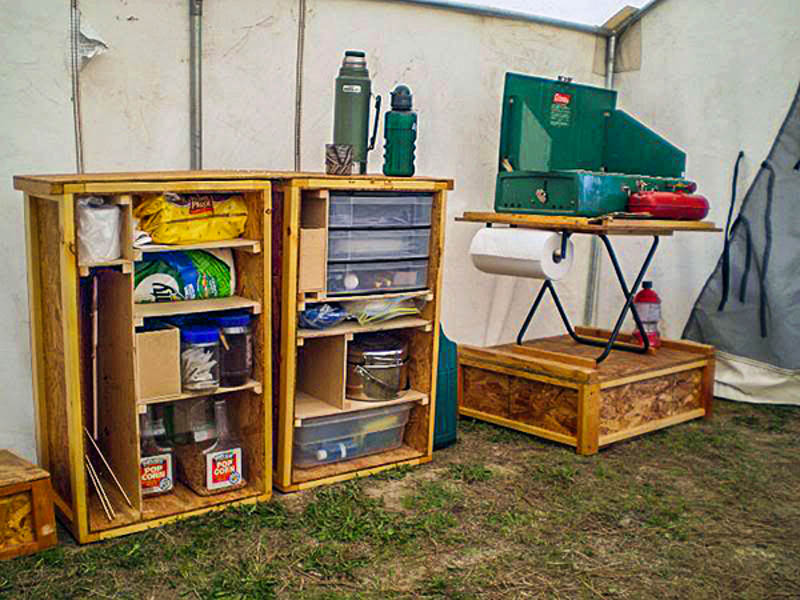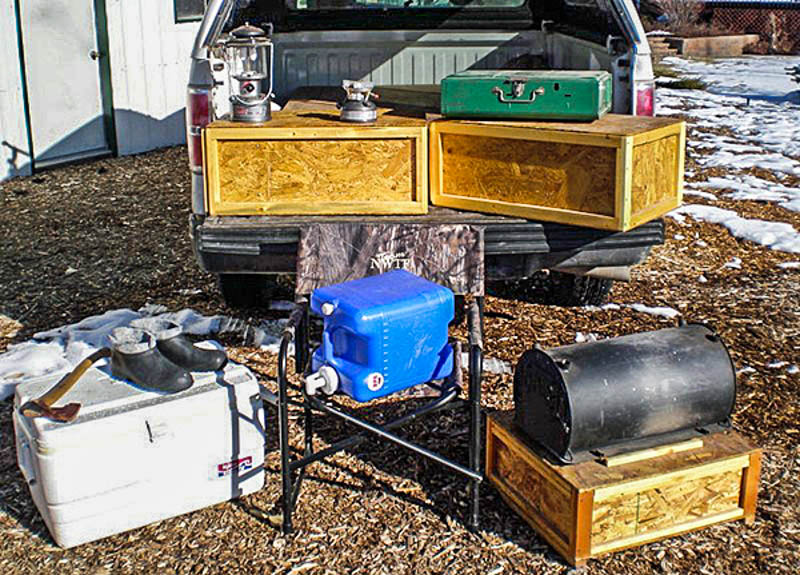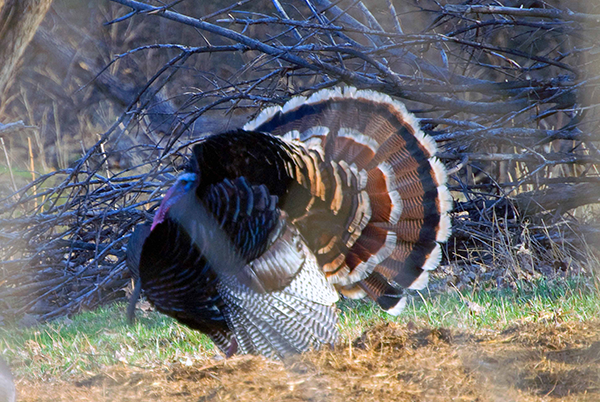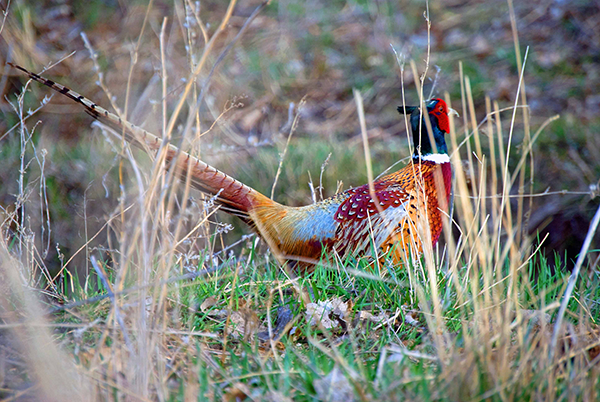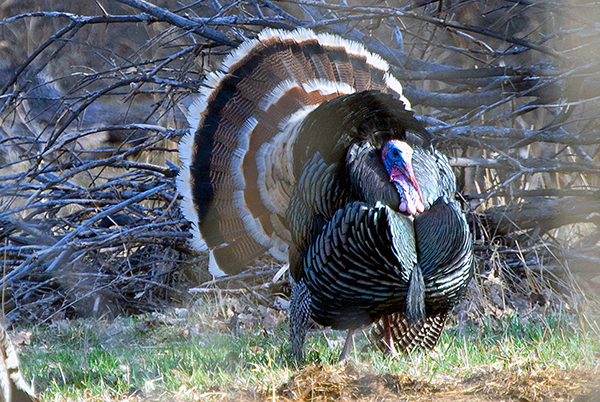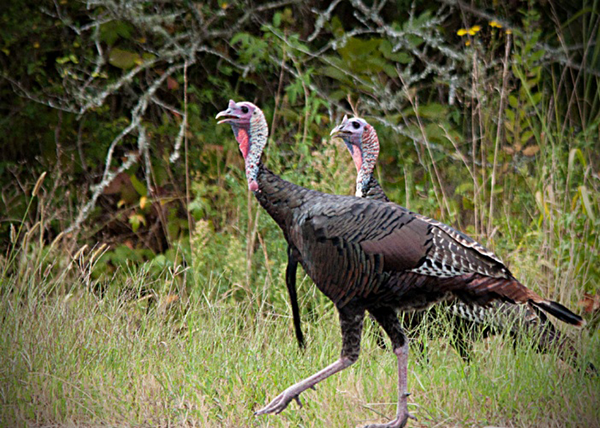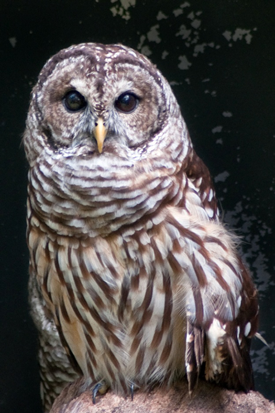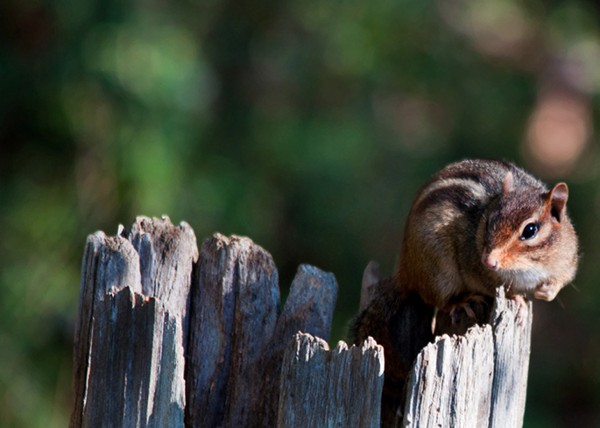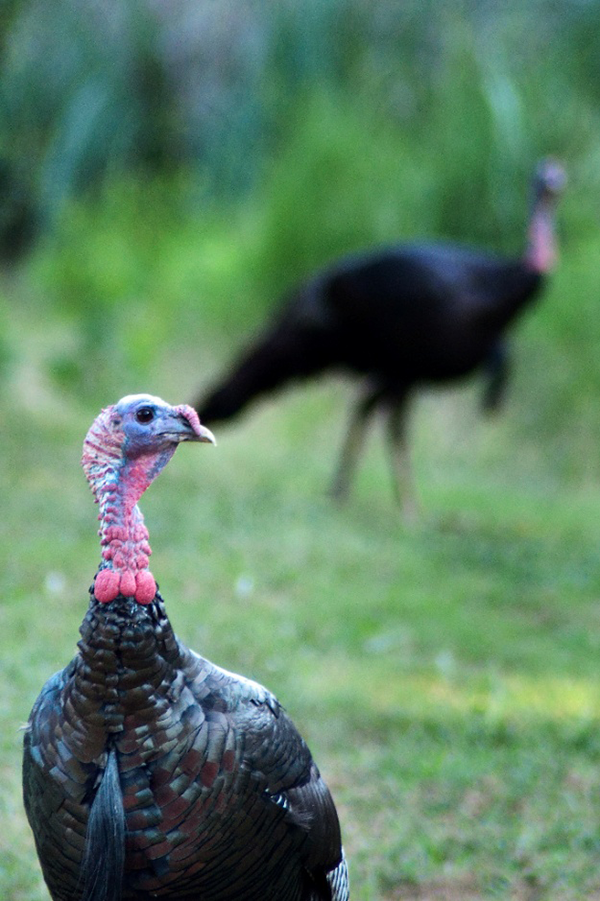Planning for a travel hunt this spring or fall? It pays to adopt the old Boy Scout slogan of “Be Prepared”. Follow these travel hunting tips for a successful turkey hunting trip. Even what’s considered routine vacation or business airline travel can sometimes be more interesting than it needs to be if you don’t know the updated rules, how to navigate through the security gates, or what security measures are in place. Traveling with guns and gear creates additional considerations that must be allowed for. Knowing how and what to pack and how to plan your flights will make a difference. And although there’s never a good time to have your luggage lost or miss a connecting flight, you definitely don’t want to experience this kind of problem when traveling for a hunt. Getting into camp on time with your gun and all the essentials is crucial. The key is to know the basics involved, what to watch for, and do everything you can from a planning and packing standpoint to avoid issues.
Booking Flights
When airline travel is planned it usually involves a day of travel for each leg with a limited number of days for the hunt in between. Booking online is easy but it’s important that you follow a few basic practices.
Avoid connecting flights if possible but if you do have to connect make sure both legs are with the same airline. Changing planes increases the chance of lost baggage and changing actual airlines not only adds to the effect but can make for a more challenging recovery effort if they’re lost.
Try to have no less than an hour layover built in for connecting flights. Quick connects may sound good at first but if you experience any delays at all the stress begins and you increase the chances that you or your gear won’t be on the second leg. I prefer an hour at a minimum but an hour and a half is safer. Delays occur for all kinds of reasons including weather, waiting for a flight crew, mechanical issues, and even having to wait for a plane to back away from your arrival gate so yours can pull up. Even if you are running tight and can literally run to get on the next plane, your gun and gear can’t do the same.
Leave early. I always book early morning departures on the outward flight. I try to arrive in camp early enough that I can get to the hunting spot and do some scouting and get settled in. And this way if I do have delays I can still get in at a decent time even if I spend hours in an airport. I do just the opposite on the return leg to allow for a morning hunt if needed and accept that I’ll get home late.
Invest in Quality Luggage and Gun Case
Once you see how baggage is handled you’ll understand why you need to invest in good quality cases and luggage. Baggage gets thrown around, falls off conveyer belts, and goes through the equivalent of abuse. A good gun case is a must. For shotguns I prefer the shorter ones that allow you to break down your gun. The shorter case makes it easier to pack in a rented SUV and carry around at the airport. Double gun cases can save a bag fee if you’ve got a partner but again, invest in a good one because you’ll look like you’ve been doing this for years after just one trip as this stuff gets banged around.
Put an identification tag on all bags. Also mark your bags with something that makes it stand out. You can paint stencil GSN on your case or use a colored strap, duct tape, or anything that makes it easily recognizable when it hits the carrousel. Not only does this help you find it but it helps to keep others from mistakenly grabbing your bag. You’d be surprised at how many bags look alike.
Take photos of your baggage with your phone just in case they are lost. This will help when filing the claim at the office you hope you never have to visit.
If you have a gun case with separate locks…keep an extra set in your “carry on” just in case….Gun cases must be locked and they have to be TSA approved locks.
At smaller airports guns are dumped onto the regular baggage carousel so I advise making a beeline for it to make sure you’re the one that snags it. At larger airports it may be directed to a specialty type claim station and you present your baggage claim ticket. Ask an airport attendant as soon as you get off the plane if you don’t know the routine so you don’t waste time finding the location.
Pack Efficiently and with Weight in Mind
Aside from the gun case I travel with one carry on bag and a large piece of luggage. The checked bag can’t weight more than 50 lbs. unless you’re a frequent flyer or you’re some privileged member etc. It’s tricky to pack boots vest and all the gear you “might” need and stay below that. Tripods for video cameras make this even more challenging. Hunting in warmer areas like Texas and Oklahoma often don’t require the same clothing considerations that upper western states require due to colder temperatures. I’ve been snowed on more than once during May turkey hunts in the latter locations. The key is to just think it through in terms of gear so you stay at 50 lbs. or below. An option if you have a partner is to have him carry a second checked bag that you can both pack in and use the double gun case. This way you both pay for two checked bags but you get everything packed that you think you’ll need for the hunt.
I check my bag at home by weighing myself and then picking the bag up and weighing me holding it on bathroom scales. Just know that most airlines will charge you a premium if you go over. You should also know that based on previous field travel test I’ve performed that trying to fudge the scales by letting your bag hang over the edge while the attendant is weighing doesn’t work.
Packing the Vitals
Shotgun shells must be in the factory box. If not you’ll likely have to give them up. Believe me; I have donated several rounds of Hevi Shot to an airport because I left them in my vest. As far as actual packing goes, I arrange everything so that any thing that could get crunched is padded and protected from all sides. Vest is on the bottom, boots on the end, tripod in the middle with clothing packed all around. I use a small box that I put the shotgun shell box and other misc. gear in that keeps these items protected.
I carry a small backpack that I keep the video camera, regular camera, Ipad, and my best turkey calls in. Often this is placed in my carry on the flight out and removed and replaced with turkey capes on the way back. If you don’t use the backpack, pack GPS, cameras, and anything of real value…in your carry on both to protect from damage and risk of loss. You should also be aware that many connecting flights to smaller airports will not accommodate full size carry on in the overhead compartment and you’ll have to check it at the gate. It’s another reason I use the back pack.
At one point packing Therma cell cartridges was a problem. I’m not sure currently how that’s looked at.
Plan Ahead
Plan ahead when ever possible. Buying your license online saves time once you are on the ground. Research or call the state DNR so you’re sure what you’ll need to be legal. Look for deals on vehicle rentals as well as airfares online. SUVs don’t have to cost a fortune but they can if you wait until you’re off the plane.
I know some that prefer to ship some items ahead of time. If you’re planning to mount a bird go on line and know what you’ll need to have to pack and ship the bird or capes to your taxidermist.
Positive Experiences
In the 10 years I’ve traveled and numerous trips I’ve made, I’ve only had my gear lost twice and both were on the return trips. I have had two others with me that had their gear lost for the better part of a day but statistically the percentages are very good. My experience with airports especially smaller ones in regards to attendants and TSA has been good.
Air travel is the preferred way for me because I have limited time and can’t take the hours and effort to drive out west for 20-30 hours. And often when you factor in the real expense for driving, meals, and expenses, the savings may not be what you thought they’d be. Travel hunts planned properly do not have to be expensive or problematic. It comes down to air-fare, licenses, ground transportation, and food expense. It also involves planning and knowing the ropes.
By Bobby Parks
Grand Slam Network
Mossy Oak Pro Staff
